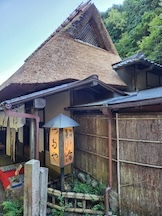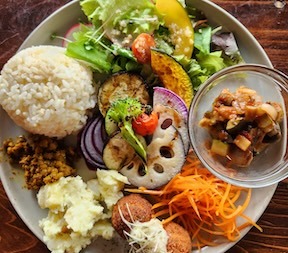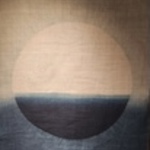Longtime UNS Member, Sharon Meyers, is currently living in Japan for several months. This is a glimpse into her world and journey.
Home, clothing and food
I reflect, plant heritage
creating living
An ongoing quest in Kyoto is the exploration of how to use traditional heritage materials and make them both practical and useful for today. Kyoto honors 72 such materials, from ceramics to kimono, lacquerware,
textiles and even cuisine. Called living arts, these are not ideals displayed in museums – they are enjoyed in the way people live.
The overall concept is called kurashi/ to create living, also translated as shoku jyu/ home, textiles and food. Kurashi offers us the opportunity to reflect on what materials we use and how we use them.
Traditionally, all begins with a seed. To take the shoku jyu of textiles as one example, the seed becomes a plant, is harvested to create thread; to weave, then to sew into a garment that covers our physical bodies. The focus is on raw materials transformed into heritage materials we use in our daily lives.
This week I explored a kurashi research center that advocates using natural resources with traditional Japanese techniques for our daily living. Can Japanese materials and techniques offer solutions for living worldwide? This team of ethnographers believes in the merit of this pursuit, to ensure cultural, environmental and sustainable living for all.
It made me think differently about my daily habits and needs: where I live, what I wear and how I nourish myself – all from what the Japanese respect as the sacredness of a seed.
What if we all took the time to look around us in the materials, hearts and hands that create the products we use for daily living?
Arigato,
Sharon







